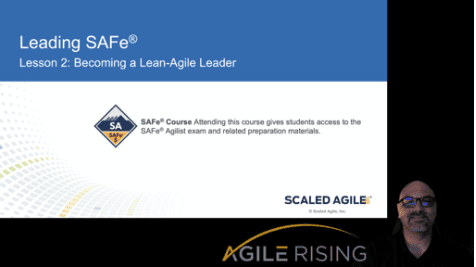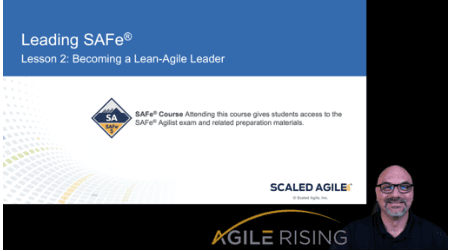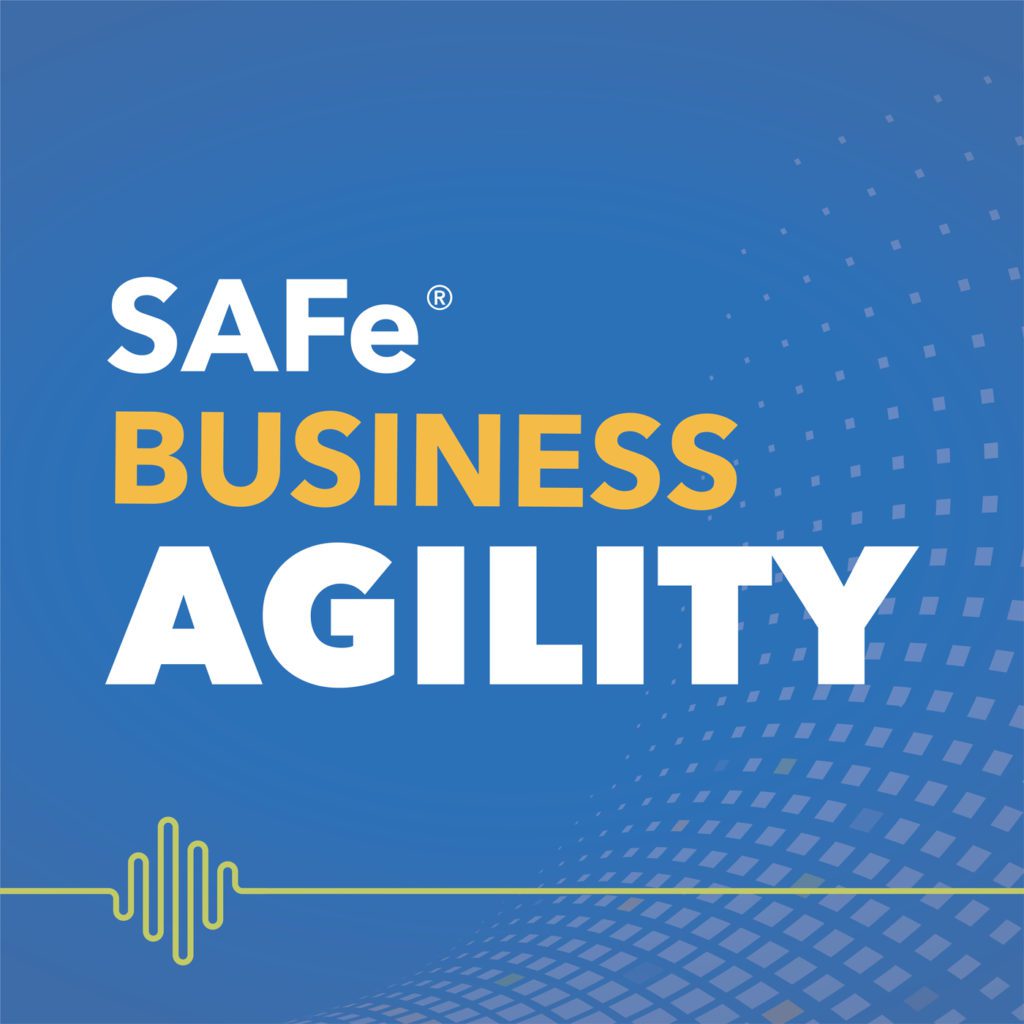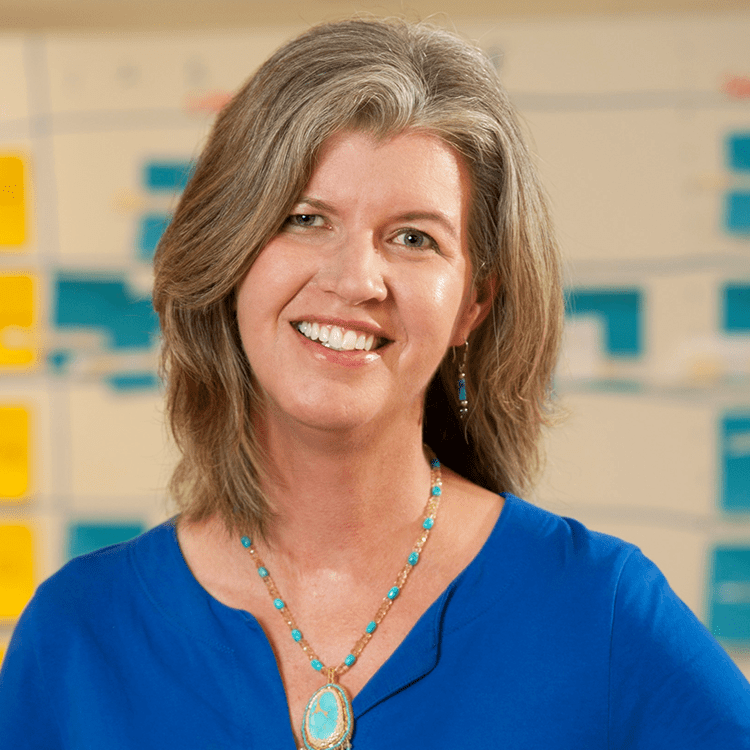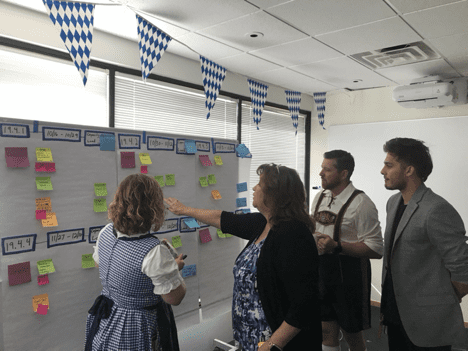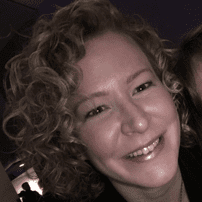
Program increment (PI) Planning plays a critical role in ensuring cross-team alignment and collaboration. Typically done as a two-day, in-person event, PI Planning brings teams and leadership together to create program plans based on a shared mission and vision. As our marketing team approached its most recent PI Planning, we faced a challenge: how could we execute a successful PI Planning event in a completely virtual way?
The answer: surprisingly well. In our recent webinar, We Survived Virtual PI Planning, event participants shared how we prepared for virtual PI Planning, what went well, and lessons learned. In this blog post, we take a closer look at how the Planview go-to-market (GTM) ART not only survived virtual PI Planning but pulled it off with flying colors.
Before the event: The importance of preparation
All of the webinar panelists emphasized the importance of preparation. “Preparation always matters for a PI event,” explained Agile Coach Steve Wolfe from Peak Agility. “But it matters even more for a virtual event. We wanted to make sure that we covered every possible item and contingency.”
Steve and I (our part-time RTE) began planning for the virtual event several weeks before it occurred, using a T-minus calendar to ensure conversations started early and occurred often. We first decided on communication platforms, selecting existing enterprise channels Zoom and Slack for ease of use and familiarity. With the standard whiteboards and sticky notes off the table for planning itself, we looked to Planview LeanKit as our visualization tool. Next, we considered timing. Two full days felt long even in person, so we elected to spread the event out over four half-days, in the morning in North America, which ended up being a critical component of the virtual PI planning event’s success.
We developed the event agenda with even greater attention to detail than usual. We consciously limited the number of time people spent just listening, added a dedicated number of inter-and cross-team breakout sessions, and cut back on vision and context content while making it more interactive with an executive Q&A session. In addition, we ran orientation sessions before the virtual PI planning event with leaders, teams, facilitators, and scrum masters to set expectations. We sent out recordings to walk people through the structure of the event and detailed process documentation to explain prep work needed and desired outcomes.
At the team level, leaders like the Director of Product Marketing and GTM Head Brook Appelbaum focused on gaining the vision and context necessary to guide PI planning. “We met with leadership early and often to discuss what was going on with our business and customers,” Brook elaborated. “Now that everyone was distributed, what did it mean for our programs? This gave us direction on how to pause, pivot, or persist with our campaigns and shape our collective understanding of our business going into virtual PI Planning.”
Brook and her peers complemented their meetings with executives, sales, and customer success leaders with a metrics deep dive. “We went through the numbers to see where we were from a pipeline perspective and the details of our programs and campaigns, down to the media, tactics, and channels,” she continued. “It gave us greater insight into what was performing well and what needed to be adjusted.” We also held brainstorming sessions, facilitated by panelist Leyna O’Quinn, content strategist and scrum master. The team talked through their ideas, then compared their inputs to their current backlog items and reprioritized accordingly. This allowed them to bring the most current thinking into PI planning.
Leyna helped the team finish work in progress from its current PI as well, so they could prepare for their final demo and review their backlog. They reviewed metrics, within LeanKit, from the current PI to see what worked and what didn’t, including:
- Queues, to reflect each work item’s total lifecycle
- Lead time and cycle time, to understand how long it takes for work to flow through the process
- Throughput, with information like completed cards per day or week and story points for interaction
- Cumulative flow, as a visual representation of work in progress as it flows
According to Leyna, “These visual reports and ceremonies allowed the team to have an open dialog and discuss ways to improve processes, tweak our board, and create a culture of continuous improvement.”
During the event: Synchronous engagement and executive commitment
With their thorough preparation behind them, the GTM ART kicked off its fifth PI Planning event—and first fully virtual event.
It quickly became clear that the four half-day approaches was a winner. Head of EMEA Marketing Verena Bergfors described why it mattered to her team. “When it was a two-day event, we couldn’t participate in the whole thing because of the time difference. We had to listen to recordings from the previous day to try to catch up and provide relevant feedback. With the virtual event, we could read out live with everyone listening and adjust and adapt in real-time. It was the first real PI planning that the EMEA team has been able to fully participate in.”
Chief Marketing Officer Cameron van Orman praised the four-day format as well. “Before we went all virtual, we were talking about flying the whole EMEA team out here for face-to-face planning,” Cameron laughed. “There would have been a real cost to that, not just financial but also time and opportunity cost. When we were forced to do it virtually, we saw the power and impact of synchronously planning together across all of our regions.”
Director of Corporate Marketing Leslie Marcotte echoed these sentiments. For her, the virtual PI Planning event allowed for greater collaboration between her shared services organization and the go-to-market teams. The process made work items, like key milestones and deliverables for shared services teams, much more visible and allowed the groups to identify dependencies, increase collaboration, and foster the right conversations. The cross-team breakout sessions were particularly impactful. “It’s much clearer to me how I connect and how I can engage with different teams across the business,” Leslie said.
One of the unexpected benefits of virtual PI Planning played out during the event. During in-person PI planning, executives often pop in and out of sessions, listening to and steering discussions. On reflection, executives and participants alike agreed that this approach could be intrusive and distracting. At the virtual PI Planning event, leaders like Cameron could listen in the background and chime in when appropriate without changing the dynamic of the conversation. It also offered the opportunity for structured time with executives. Planview CEO Greg Gilmore spent 30 minutes with the virtual team communicating his vision while taking questions to create engagement.

The team’s visualization tool of choice also made a big difference to virtual PI Planning. Agile Coach Steve explained, “LeanKit became essential, enabling us to visualize the whole plan across the entire value stream. Each team had a section to develop their plan during breakouts based on a two-week delivery timeframe. We used colors and cards to quickly visualize the work of each team and connected cards to see dependencies. Boards included links to Zoom breakouts and Slack channels, so from one board, you could get to wherever you needed to go. We used LeanKit before, during, and after the event for everything from readouts to the final confidence vote. It is a powerful tool and a key enabler for pulling off a successful event.”
After the event: Hardening, validation, and continuous improvement
Following the successful conclusion of the four-day virtual PI Planning event, the team focused on validation. “We spent the next week on hardening our plan,” Brook said. “We dedicated time to reviewing and overcommunicating our plans to make sure everyone was on board.” This included readouts in numerous business steering meetings, all the way up to the Board of Directors. The team used its LeanKit boards in those conversations to demonstrate its plans and achieve further alignment.
With their plans validated, the GTM ART went into execution ceremonies and cadences. Immediately after the virtual PI planning event, they hit the ground running with an LPM T-minus calendar. They plan to drive continuous improvement through ongoing communication and collaboration with the business and consistent metrics deep dives that show how they are performing mid-flight, not only at the end of the PI cycle.
Top 5 lessons learned
- Prepare thoughtfully and thoroughly. Focus on vision, context, and programs during preparation to create the guardrails that help define plans but resist the urge to go too far into tasks and items before the event.
- Create a visual collaboration space. Enterprise-class tooling is critical. Rethink how you can use tools like LeanKit to replace whiteboards and sticky notes and enhance collaboration.
- Utilize cross-team breakouts. Every participant in the GTM ART’s virtual PI Planning event found tremendous value in the cross-team breakouts, from tactical benefits to greater empathy for their colleagues.
- Engage your executives. An engaged but unobtrusive executive presence demonstrated commitment to the process and the people involved in PI Planning.
- Respect your team’s humanness. Virtual PI Planning only worked because its leaders thought hard about the experience. From the four-day structure to frequent breaks to mitigating Zoom fatigue to greater inclusion of global teams, all participants agreed that the event worked well because they were intentional about how it was structured.
“If you’re doing Agile and you’re thinking about doing PI Planning, but you’re hesitant because of the virtual workforce, just do it,” concluded Cameron. “Think about the prep work, visual collaboration, and technology enablers. Have clear outcomes, objectives, and roles. As a business, you can’t wait weeks or months hoping that it will go back to the way it used to be; alignment, shifts, and changes are too important. It may be messy, but there are a lot of things that are better in an all-virtual environment.”
About Emily Peterson

Emily Peterson is a demand-gen strategist for Planview’s Lean & Agile Delivery Solution and serves as a part-time RTE for the Go-To-Market Agile Release Train. She uses her professional experience in Agile marketing to leverage new ways of working across the organization, connecting all parts of the business to the overall goals of the organization.
Share:
Back to: All Blog Posts
Next: Product Owners, Product Managers, and the Feature Factory
